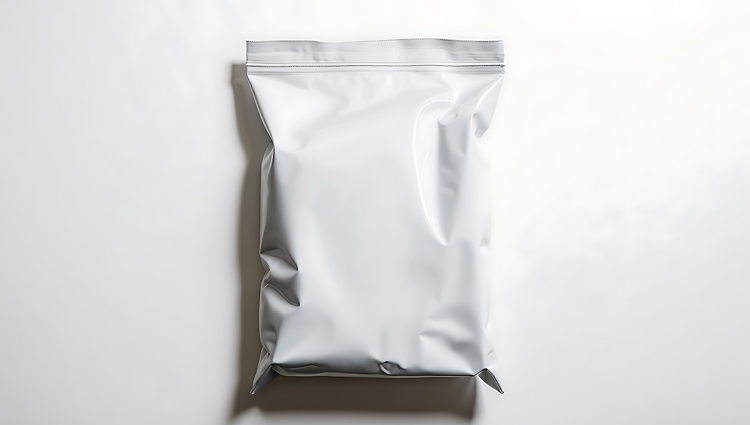
Most of us sort our mail in seconds, tossing aside anything that looks like a generic appeal or an unsolicited advertisement. That’s why “lumpy mail” can be a game-changer for nonprofits trying to reach brand-new supporters through direct mail fundraising. A slightly bulky envelope that clearly contains something more than paper triggers a human response almost impossible to resist: curiosity. If the recipient opens your package, reads your story, and remembers your name long after the recycling bin is full, you’ve already won half the battle for their first gift.
Lumpy mail is any envelope or small package that contains a three-dimensional object. It might be as simple as a foam stress ball or as modest as a packet of seeds. The key is that the envelope feels different in the hand. Postal workers notice it, executive assistants take a second look, and potential donors set it on their desks rather than dropping it into a pile of bills. That moment of tactile intrigue buys you a critical few seconds of undivided attention.
Curiosity is only part of the magic. A lumpy envelope suggests that the sender invested extra time and money — a rare thing in today’s world of mass emails and fundraising outreach tactics that often feel impersonal. The object inside also serves as an instant conversation starter. In follow-up calls or emails, you can open with a line like, “I’m the person who sent you the tiny flashlight,” and the prospect immediately knows who you are. Finally, the novelty factor helps your message linger in the donor’s memory long after flat letters are forgotten.
Selecting the perfect item takes a mix of creativity and restraint. The object should be inexpensive, lightweight, and easy to mail, yet distinctive enough to spark interest. Most importantly, it needs to connect symbolically to your mission. A youth-mentoring nonprofit might send a miniature flashlight with a card that reads, “Help us light the path for local teens.” An environmental group could enclose a seed packet and explain, “Plant hope with us … let’s talk about how we can grow more gardens in our fair city!” Steer clear of throwaway trinkets that feel like cheap swag; the item should feel intentional, not promotional. Test a small batch of different objects, track which one yields the highest response, and then scale up the winner.
The enclosed letter is the heart of your appeal, and every sentence should reinforce the intrigue the object created. Open by referencing the item: “You may be wondering why we sent you a packet of seeds,” and then bridge immediately to your mission. Describe a single, compelling outcome that will resonate with strangers who may know nothing about your organization. If your seeds symbolize new beginnings, tell a brief story of a family whose community garden plot led to healthier meals and closer neighbors. After that story, offer one crystal-clear call to action: either a first-time gift (for smaller donors) or a meeting to hear more about your work (for larger donors). Keep the text short; let the physical object and the donor’s curiosity do much of the persuasive work.
The power of lumpy mail fades quickly if it isn’t matched by timely follow-up. Within three days of your mailing’s expected arrival, send a brief email referencing the object and reiterating your call to action. Again, for larger potential donors, where you are using lumpy mail to get around gatekeepers, the ask is for a meeting or phone call. A week after that, place a friendly phone call. Begin with the object again: “I’m calling to see if the flashlight I sent reached you safely?” Then transition into a two-minute conversation about your work. Whether the donor answers or you leave a voicemail, this personal touch cements the memory of the mailing and nudges them closer to a decision. Record every interaction in your CRM to segment future communications based on their response.
Three mistakes regularly undermine otherwise clever lumpy-mail campaigns. The first is sending an item without a clear link to the mission; the gimmick will feel hollow and manipulative. The second is choosing something overly bulky or fragile, which inflates costs and risks postal rejection. The third is neglecting follow-up. Without a prompt second touch, the initial curiosity fizzles, and your envelope becomes another interesting but forgotten novelty.
Lumpy mail isn’t about gimmicks; it’s about sparking a conversation that might never happen with a flat letter or an overloaded inbox. By selecting a mission-aligned object, pairing it with a concise and compelling story, and following up while curiosity is fresh, you can move someone from total stranger to agreeing to meet in a matter of days. Test small, track meticulously, and refine each round. Once you master the tactic, lumpy mail will become a reliable and memorable addition to your donor-acquisition toolkit.

Making Estate Planning Accessible, Simple, Personal, Secure and FREE!
Bequests are up, cash is down. Empower your donors to plan their will and invest their legacy in the cause they support the most.
Stay informed with timely news. You can unsubscribe at any time.
Success List